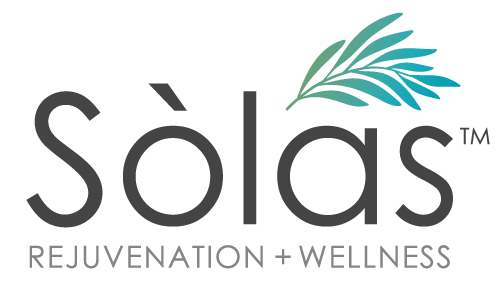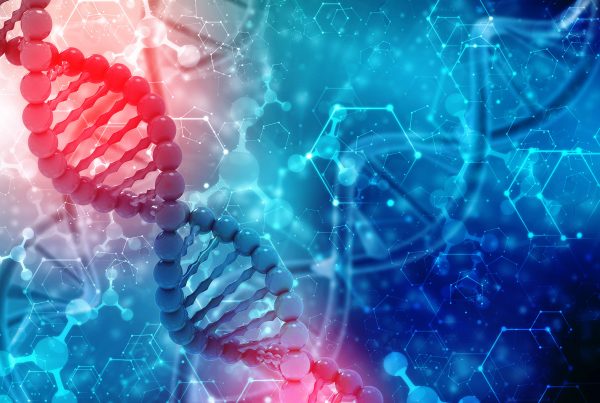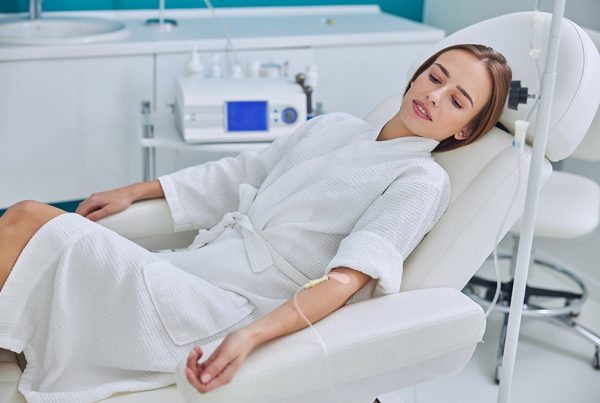Who undergoes platelet-rich plasma (PRP) therapy? You might be surprised. Notable professional athletes are reported to use PRP therapy for rapid soft tissue and sports injury healing. Five to ten times more concentrated than untreated blood, PRP is a treatment used by wellness practitioners and doctors to accelerate healing to various parts of the body – including for hair rejuvenation.
Oftentimes, hair loss can be attributed to alopecia, a condition that causes hair follicles to shrink. In men, this is known as male pattern baldness. PRP therapy as a hair rejuvenation treatment is an alternative option to over the counter and prescription medications such as topical minoxidil (Rogaine®) and oral Finasteride (Propecia).
PRP is a promising treatment for hair growth restoration, according to scientific evidence.
- 262 study participants (androgenetic alopecia) reduced their overall hair loss and increased hair diameter and growth density (Journal of Aesthetic Plastic Surgery).
- 460 study participants (androgenetic alopecia and alopecia areata) reported hair regrowth (NCBI Pub Med).
The terms “platelet-rich plasma” and “protein-rich plasma” are essentially synonymous. Blood platelets and plasma are proteins that include growth factors and additional compounds to support body healing. Platelets promote blood clotting and proteins in the blood help with wound healing.
PRP FOR HAIR REJUVENATION
In a clinical setting, a blood sample is centrifuged to separate blood components. Platelets are then extracted for injection into targeted areas of the scalp. The process can take about an hour. Regular activities are returned to after PRP treatment with usually no limitations. Side effects may include mild pain and temporary bleeding at the injection sites, scalp tenderness, swelling, a headache, and itching.
As with over the counter and prescription medications for hair rejuvenation, PRP therapy is not a cure for conditions causing hair loss. After hair loss is controlled, multiple PRP treatments are required to maintain hair growth. Maintenance may be recommended every three to six months.
IDENTIFYING THE ROOT CAUSE OF HAIR LOSS
Predisposition to health conditions that can be related to hair loss (obesity, diabetes, hypertension) is identified with genomic tests and analysis of a person’s unique genetic makeup. Including PRP therapy for hair rejuvenation, test analysis can reveal other alternative optimal wellness methods and treatments.
Sòlas Rejuvenation + Wellness services include a variety of alternative therapies for personalizing optimal health and wellness.





